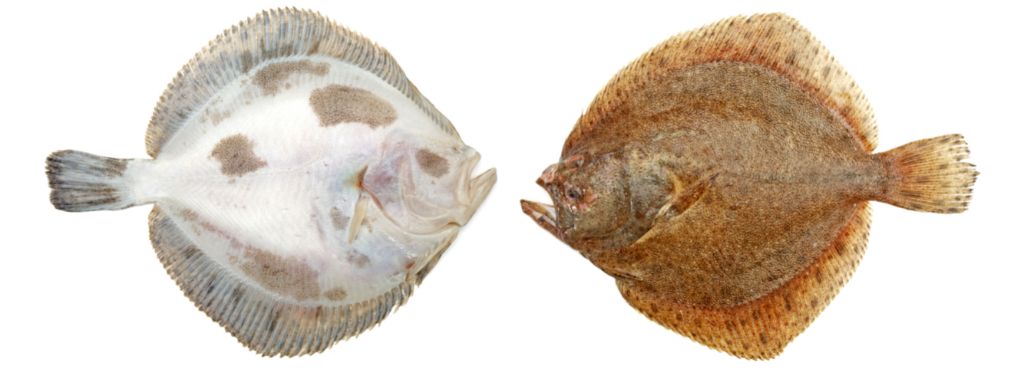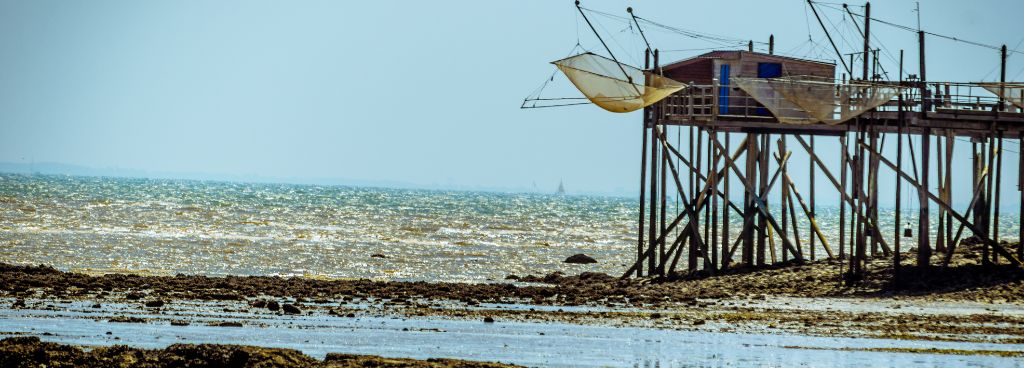Stories Worth Reeling In...
Last Updated on September 19, 2023
Plaice fishing is a popular activity among anglers due to the challenge it poses and the delicious fish it produces. But, one of the most common questions we receive is, “What time of year is best for plaice fishing?”
The answer isn’t simple, as the fishing season depends on factors such as fish behavior and seasonal variations.
In this post, I’ll dive into the key aspects that determine the best time for plaice fishing, helping you maximize your chances of a successful catch.
Table of Contents
The optimal months to catch plaice are April through October. Plaice remain close to the shore until January, when they migrate to deeper offshore waters to spawn, returning to the shore around April and May.

Plaice and flounder are frequently confused because both have orangey-yellow spots on their backs, though the plaice’s spots are much more vivid. To identify plaice, look for a series of 4 to 7 boney knobs running backward from between the eyes towards the pectoral fin.
The flounder, on the other hand, has raised sharp prickles above the pectoral fin.
The plaice’s back is typically light to medium brown with bright orange spots. The belly is a pearl-white color. The belly can occasionally be pockmarked with darker blotches.
Plaice spawn from January to March, usually in water deeper than 30 meters. The eggs float in the surface layers and hatch between 10 and 20 days.
The larvae and post-larvae live in the surface layers for another 4 to 6 weeks, after which one eye migrates to the right side and the plaice transforms into a flat bottom-dwelling fish measuring about 3/4 inch.
Female plaice reach sexual maturity at 3 to 7 years of age, while males reach sexual maturity at 2 to 6 years. They can live to the age of 30.
Let me tell you about plaice and what they like to munch on. These flatfish are pretty cool predators, and their diet is super diverse. It’s no wonder they’re thriving in so many different places!
You see, sand eels are like the main course for plaice. These little fishies are everywhere in the waters where plaice hang out.
Sand eels love to burrow in the sandy seabed, which makes it easy for plaice to grab a quick snack. They use their flat bodies to sneak up on sand eels and snatch them up.
Now, plaice aren’t picky eaters, and they’ll go for other fish when they get the chance. Sprats and gobies, for example, are also a tasty treat for them. Sprats swim around in schools, and gobies chill on the bottom, often in the same places plaice call home.
Every now and then, plaice will snack on sprats and gobies, getting some extra nutrients and mixing up their diet a bit.
It’s a smart move because it helps them take advantage of all the food sources around them, which means they grow and survive better.
So, if you’re fishing for plaice, it’s a good idea to know what they like to eat.
It’ll help you pick the right bait and lures to catch their attention. Try using bait that looks like sand eels, sprats, or gobies, and you’ll have a better shot at reeling in some plaice.
Hey, so I was thinking about plaice fishing and how it changes with the seasons. It’s pretty interesting how these fish have their own rhythms throughout the year, you know?
First off, plaice have this neat spawning thing they do in spring and summer. They swim up to shallower waters to lay their eggs, and during that time, they can be a bit harder to catch.
They’re all focused on making baby plaice, so they’re not as interested in chowing down. But don’t worry, it’s not impossible to catch them – you just need to be a bit more patient and persistent.
Now, when autumn rolls around and the water starts getting cooler, plaice head back to the deeper waters to chill out for the winter.
That can make them a bit trickier to catch too, since they’re not as close to the shore or hanging out in the shallows. But hey, every good angler loves a challenge, right?
The key to catching plaice throughout the year is to be adaptable. Switch up your techniques, bait, and tackle to match the season, and you’ll have a better shot at reeling them in.

Plaice can be found all along the UK and Irish coasts, as far south as and including the Mediterranean, and as far north as Norway and Russia, as well as all around Iceland and off the southern tip of Greenland.
The UK season for plaice begins around the end of February in the south and west, as far north as the Scottish border, but a month later in the east and off the Scottish coast.
The early fish are thin, but they quickly fill up and are fat and healthy by late May. They remain inshore until October when they move out into deeper water.
Beach plaice are best caught during the larger spring tides when the fish are more active and eager to feed. They prefer sand and shingle beds, but they can be found on mud mixed with sand.
Estuary plaice are unique in that they prefer to feed more frequently when the tides are lower, and the tide run is less intense. They prefer seed mussel beds at estuary mouths and muddy channels with weed-covered rocks as estuary sides.
Location plays a vital role in the success of plaice fishing.
In general, anglers have better success in catching plaice in areas with a strong tidal flow, as this can bring in fresh food sources and increase the likelihood of the fish being active and feeding.
The majority of plaice are caught during the day in all areas, though the odd plaice are caught at night.
It’s important to consider the time of day, as plaice may be more active during certain periods, such as at high tide or during the early morning hours.
They prefer clear seas with little color and good overall clarity.
To sum it up, understanding plaice behavior, seasonal variations, and location is crucial for successful plaice fishing. By following the tips and recommendations we’ve provided, anglers can increase their chances of catching the best fish. We encourage our readers to share their own plaice fishing experiences and check out related articles on our site. Happy fishing!